It is daunting to fly with a baby, especially if it is for the first time. With all the juggling of the gear, navigating through the procedures at the airport, and thinking of how your baby will behave on board, it is no wonder that most of them simply feel overwhelmed. The least they appreciate is some thoughtfulness in preparation and just a few tips that make it so much better.
Whether flying in a small domestic hop or an odyssey overseas, the best medicine for those concerns is one thing: a plan. That may include a host of things, like picking the best times to fly, packing certain essentials, and many more. Follow this guide for all those steps involved. Let’s turn the stress into excitement-after all, traveling with your baby means the start of a lifetime of family fun!
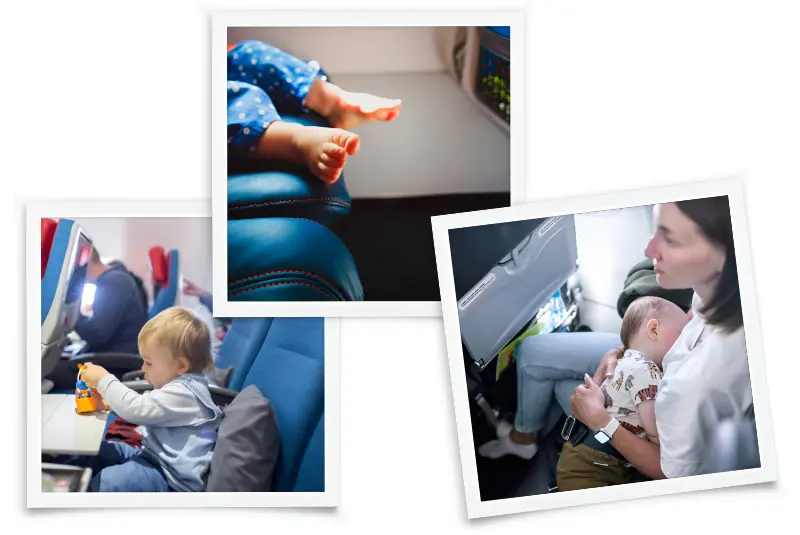
Reserving a Flight
First, preparation begins with making smart plans when booking a flight with your baby. Here are some extremely helpful tips to keep to in order for the journey to go as smooth and painless as it can be for both parents and baby:.
1. Choice of Seat-Comfort and Convenience
Choosing a seat can make all the difference in flight. If you are breastfeeding a window seat is perfect if you want some privacy. For extra convenience it is nice to get an aisle seat for your partner and then hope the middle seat does not get booked-most people do not want to sit next to a family that includes a baby, so you may luck out!
This extra space can be a game-changer, especially on longer flights when you’ll want a bit more room to move around.
When flying long distances, it is best to avoid seats near the bulkhead if possible; this is always a busy area and there is not as much private space as there needs to be. In general, seats closer to the center of the cabin tend to be quieter; the flight attendants often can devote more time to the passengers.
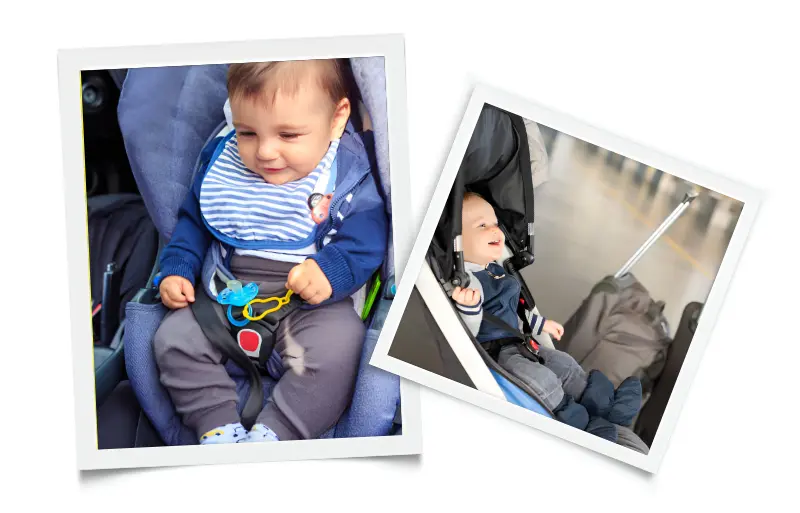
2. Lap child vs. buying a seat for your baby
That means if the baby is below the age of two years, one can book a lap child ticket wherein the baby flies free domestically in the United States. For an international flight, one can expect to pay for about 10% of the adult ticket price in addition to other taxes.
For example, if the price of a ticket is $500, the fare of your baby would be approximately $50 plus an airline fee and sometimes an international tax, so that’s another $50-$75 depending on the destination.
Though flying with your baby on your lap is relatively cheaper, for longer flights you should consider purchasing a separate seat for your baby. In this case, you can have a separate seat for the car seat of your baby, where he will have more space and extra comfort for him and you. If you have purchased a seat for your baby, quite often United and American Airlines allow bringing the car seat and therefore make easier your trip.
3. Record keeping: Remember the birth certificate
Many airlines want to see age proofs even for domestic flights, especially if you would be flying on a lap child ticket. While I have never been asked for my baby’s birth certificate on each and every flight, yet I know of enough cases where airlines have refused boarding to passengers for not having a proper birth certificate with them. To avoid that really harrowing experience right at the airport, always good to carry a copy of your baby’s birth certificate or anything that shows his age.
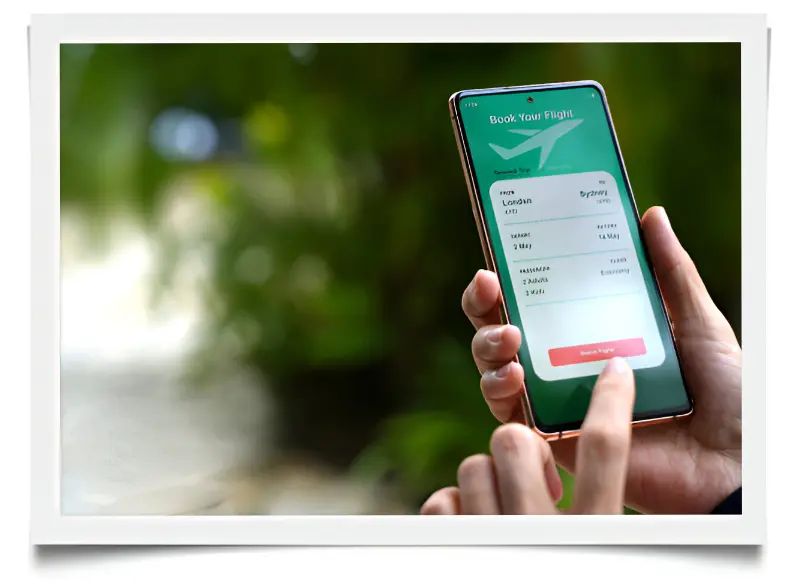
4. Timing is everything: Book those flights according to your baby’s routine
The timings of your flight are everything to ensure a hassle-free journey. As much as the urge is there to take the first available flight so that you can spend maximum time at the destination, getting your baby up at 4 am might just be disastrous! One should always book a flight that corresponds to the sleeping schedule of your baby. A late morning or an early afternoon flight allows you sufficient time to get ready and not leave your house at the crack of dawn.
In flights, and especially when going on long ones, timing is very important; this will increase the chances of your baby sleeping on the flight and won’t get to fuss around or overtire themselves.
5. Budgeting for extras: Where the hidden costs might lie
Traveling with a baby almost always requires extra equipment-such as a stroller or car seat-and can be subject to extra fees. Many airlines will let you gate-check your strollers and car seats at no charge, but some charge to check baby equipment. Make sure you know your airline’s policy ahead of time, because some charge anywhere from $20 to $50 to check either a stroller or car seat.
Also, if you’re traveling internationally, keep in mind that lap child tickets may come with additional taxes and fees. In my experience, these taxes can sometimes be as high as $100 or more for longer international flights, so it’s worth factoring that into your travel budget.
Do the following when making your booking to set yourself up for a much easier flight: Being prepared makes a big difference, which enables you and your baby to be comfortable the moment you step onto the aircraft.
Preparing for the Journey
Once flight booking is done, real preparation for real travel actually starts. Packing up for a journey with a baby involves more forethought and precision compared to traveling solo, but a few nifty tips will get you breezing through with minimum stress.
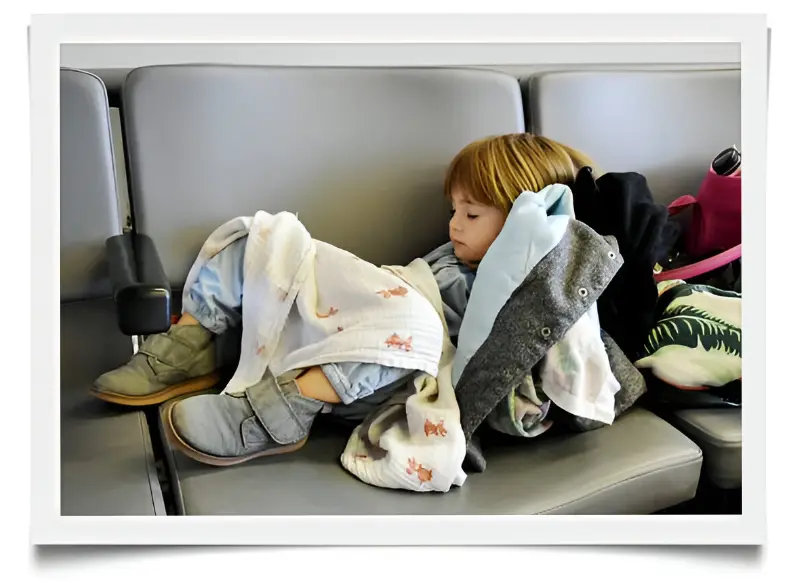
1. Essentials to pack: What to bring onboard
Packing strategically to fly with a baby will prevent you from overpacking and just bring with you what you actually need. First of my suggestions will be extra clothes–not just for the baby, but for you, too. Seriously, there is nothing worse than to be on a super-long flight covered in spit-up or after a diaper blowout and not have fresh clothes to change into.
Rough rule of thumb: one change of clothes for each parent, two for your baby-especially on long-haul flights. Store these in the carry-on along with all the other baby essentials. For most flights, I take about 6-7 diapers and then a few above this just in case anything goes really wrong.
Keep in mind that each baby goes through one diaper every two hours, so calculate accordingly relating to the length of the flight, plus any probable delays.
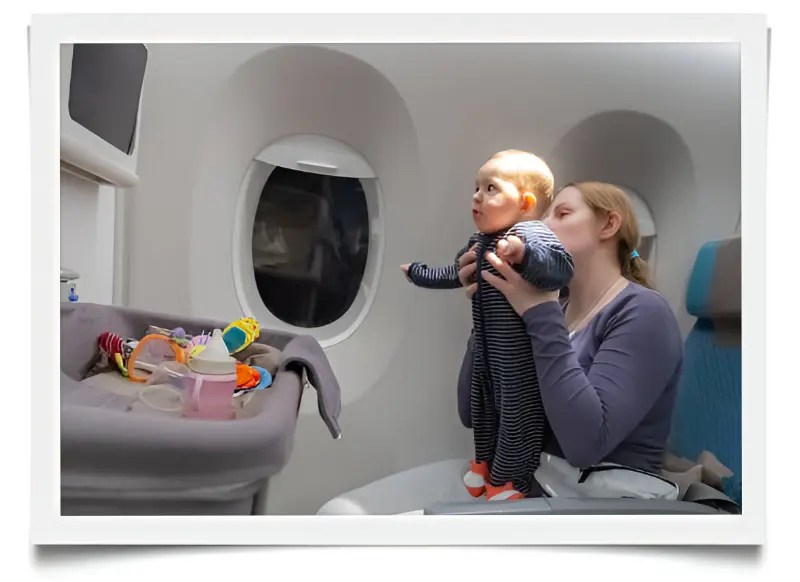
2. The bassinet: The savior on long-hauls
If you’re traveling internationally or on a long-haul flight, booking a bassinet seat can make a world of difference. Many airlines offer bassinets for infants, but they are typically available only in bulkhead seats and must be reserved in advance. These bassinets are free to use but are often first-come, first-served, so call your airline early to secure one. I think bassinets are a godsend for flights above five hours. On a recent flight from Los Angeles to New York, for example, the bassinet allowed my baby to finally fall asleep and get a few hours of rest, giving me some much-needed rest. On business-class flights, some airlines offer attached bassinets, which can be even more convenient. Most economy-class bassinets are detachable and are typically installed in the bulkhead section.
3. Leave space: Do not overpack
One mistake I made initially was overpacking for the journey. A few flights later, less is indeed more-you really do not need to lug along a week’s supply of diapers or toys, with most destinations having stores where you can buy baby supplies upon arrival.
For instance, during my last flight, I prepared only as many diapers as would be enough for the flight plus some extra in case of an emergency, and upon arrival, some could be bought at some local pharmacy. This goes for the baby’s toys and other bulky items too. In case of a beach vacation, one needn’t take any sand toys along because these are usually available in local shops and that too for a few dollars. Thus, these make space in your luggage hence making it easy to incorporate the essentials and pack your luggage accordingly.
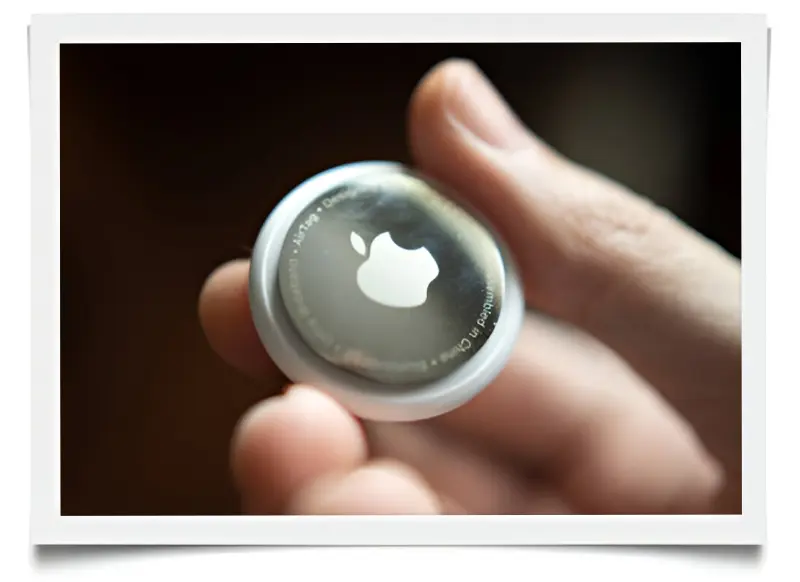
4. AirTags and Luggage Security
That said, it’s highly recommended using piece of mind with Apple AirTags when you have to gate-check either a stroller or a car seat. Just stick those little guys in the ‘hidden’ pocket in your stroller or car seat, and then just presume it will arrive with you at your destination. An AirTag costs upwards of $29; let me assure you, it’s well worth it, hook, line, and sinker, if you’re concerned your gear gets lost or is mishandled. The last trip I took, I had an AirTag in my gate-checked stroller from airport into plane, and it just gave me such peace of mind to know where it was at all times.
Getting to and through the Airport
It is probably one of the most stressful parts of flying with a baby-particularly if it is your first child and things just have to be done to the dot. How to make this process as smooth as possible:
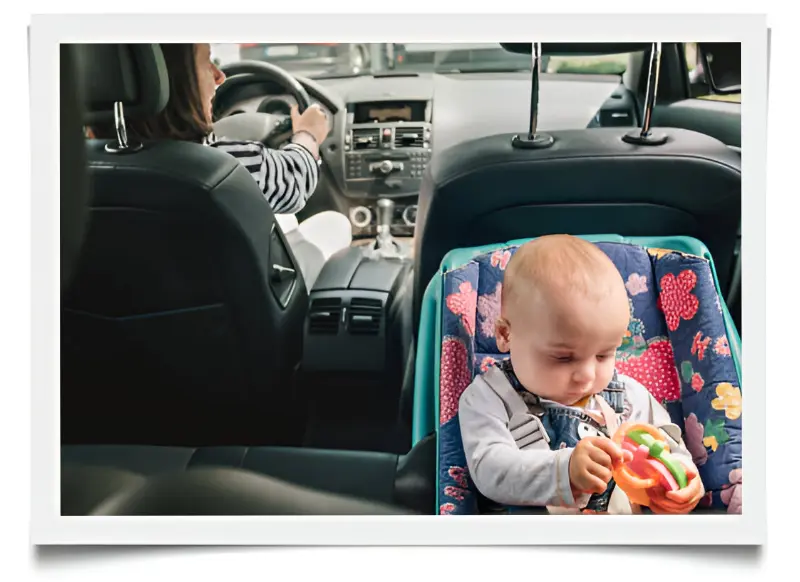
1. Give yourself plenty of time, accounting for delays.
If getting out of the house with a baby can be a challenge, making it to the airport on time can be a challenge. Give yourself lots of extra time for everything: driving to the airport to going through security. I like to add at least 30 minutes on top of what I would usually plan if I were only traveling myself. This buffer ensures that if anything goes wrong (like an unexpected diaper change or a fussy baby), I’m not rushing and stressing.
On one of my travels, I have allowed this buffer and just needed it because my baby got hungry right at the time I was supposed to go to the airport. It means that because I have built this buffer, I didn’t feel stressed, and we reached the airport without hitches.
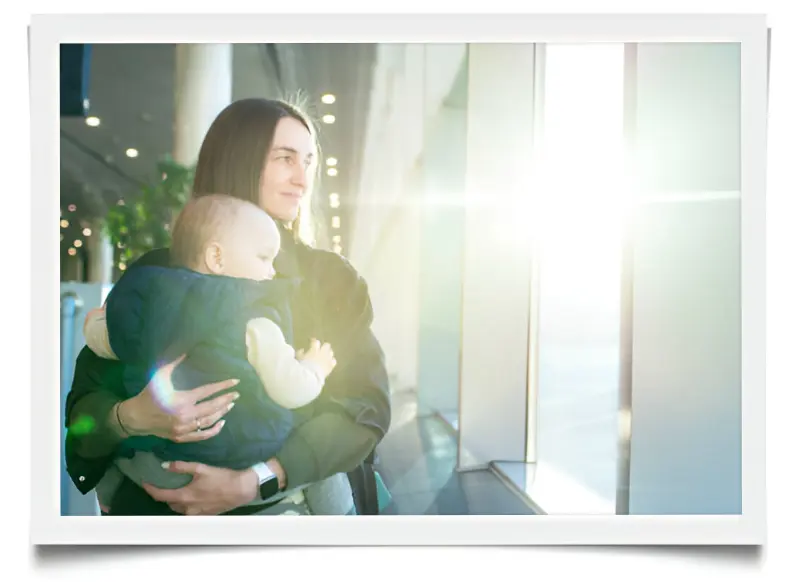
2. Babywearing: Savior to deal with security
Wear your baby through the airport is one of the best tips I can give. Not only does it free your hands, but make it super easy to get through security with them. I also use my Ergobaby carrier for it; it is comfortable for me and the baby, and I am able to wear it right through the TSA screening without having to take my baby off the carrier.
That comes in super helpful when I fly alone because that frees both of my hands to deal with the stroller, the diaper bag, and whatever else I’ve got going on. Many airlines will let you wear the baby through the boarding process, which just makes it all so much smoother.
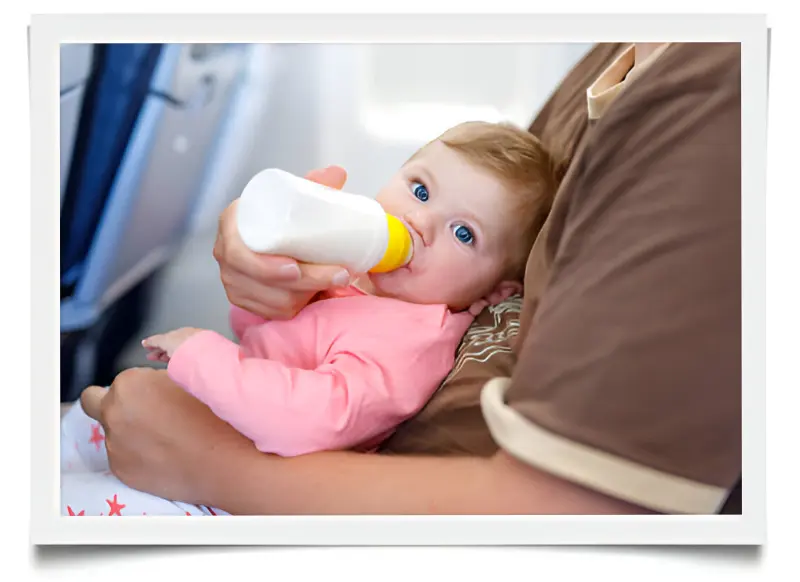
3. Safety: Infants need special caring
But once you’re traveling with a baby, you’re allowed to carry more than the usual 100ml/3oz limit, which is just huge: this covers water for formula, breast milk, or juice. Every time I get to the security line, I just make it a point to tell the TSA agent right away that I do have said items on my person, and they’ve been quite cooperative. In case the liquids are frozen, mostly they will not have to test them, but the non-frozen liquids can be insisted to be given a casual check.
For example, on one of my flights, I had been allowed to take as much as 12 oz of breast milk in a thermos, and TSA let it pass after having performed a real quick test. Just make sure you ask them to use clean gloves in case they have to touch your baby’s food or bottles.
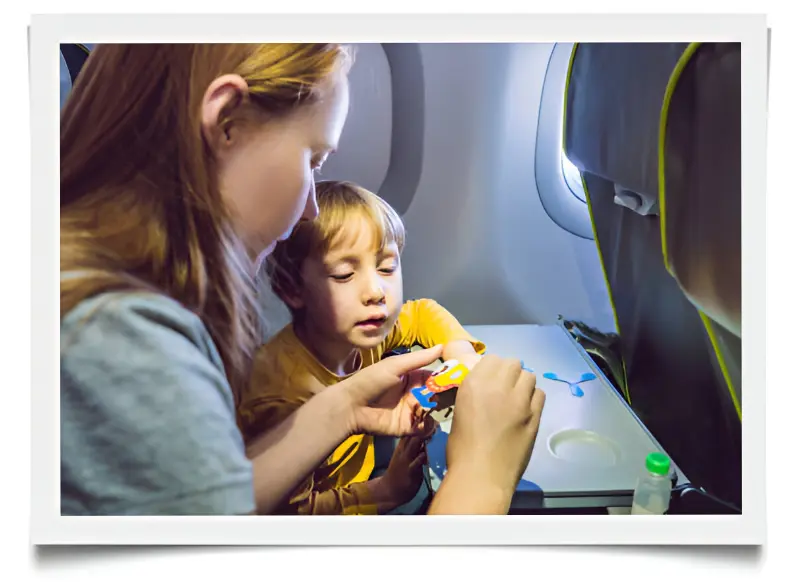
4. Navigating delays: A baby play mat can help
Delays will happen at the airport; there are too many moving parts. Naturally, traveling with a baby doesn’t help matters. I always carry a small, play mat that I could just roll out during delays. This keeps my baby on a clean surface for some tummy time or just time out of his carriage.
I also like to pack some lightweight toys in the carry-on for distracting the baby.
Play Mat: On one flight, I pulled out the play mat during a two hour delay; it made such a difference in the wait-the baby was calm and happy.
In-flight survival
Now that you’re through with the airport, flying itself is your next challenge. For most parents traveling with a baby, flying often feels like the longest part of the journey, but if you can prepare for it just right, you can make it not only tolerable but actually enjoyable as well. Herein, how to make sure you and your baby are as comfortable as possible during flying.
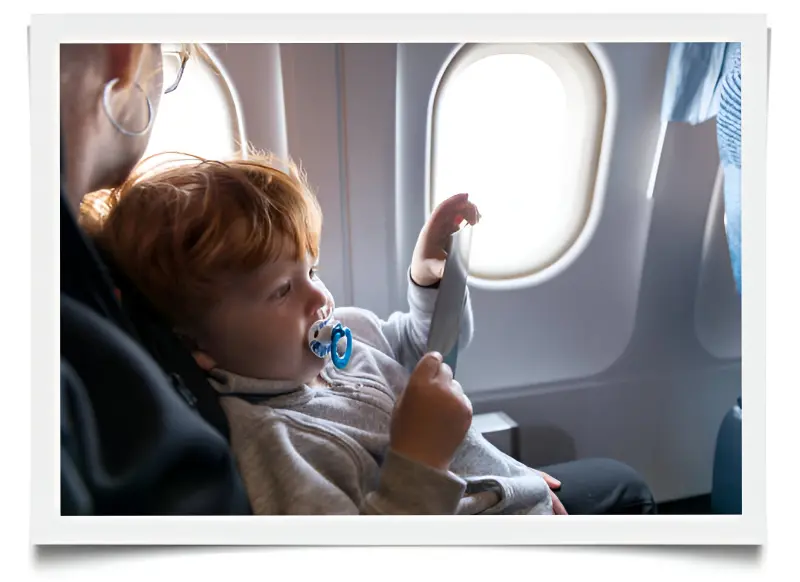
1. Takeoff and Landing: Equalizing ear pressure
Most uncomfortable moments during flights for a baby are usually during take-offs and landings. Changes in air pressure may be painful in their tender ears, and since babies cannot equalize the pressure, they do need some assistance. The best ways to ease this are having your baby suck on something during takeoff and landing-whether it’s breastfeeding, a bottle, or a pacifier.
From my experience, even if my baby is asleep, I’ll try to offer a “dream feed” during takeoff to prevent her from waking up in discomfort. Some parents worry about waking a sleeping baby, but I’ve found that a few sips are enough to help equalize her ears, ensuring a smoother start and end to the flight.
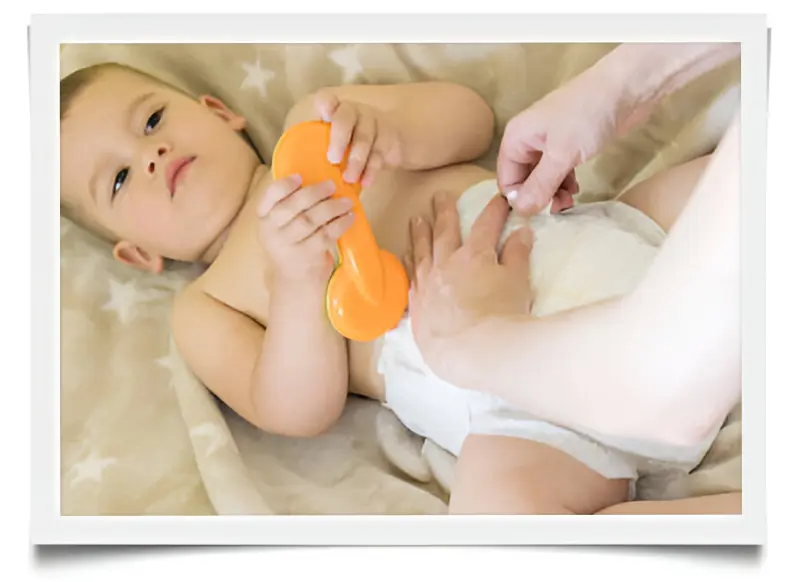
2. Diaper changing on a plane: Be prepared
Diaper changes at 30,000 feet in the air involve some finesse, yet can absolutely be done with the right frame of mind. Most airplanes have some fold-down changing tables within the bathrooms, usually toward the back of the plane. I always ask a flight attendant at the beginning of the flight where the changing table is so that I’m not searching around to find it in case of a diaper emergency. It also comes in handy to have along a compact changing kit, say like a fanny pack-style diaper bag, which can carry between 5-7 diapers, wipes, and a small pad. A smaller bag makes it so much easier to handle the very cramped space of an airplane bathroom.
For dirty diapers, I bring several small scented trash bags, like doggy poop bags, which I can seal them in and really get rid of most odors. You can buy in bulk in packs of 100 for about $5 and they are a super inexpensive lifesaver on long flights.
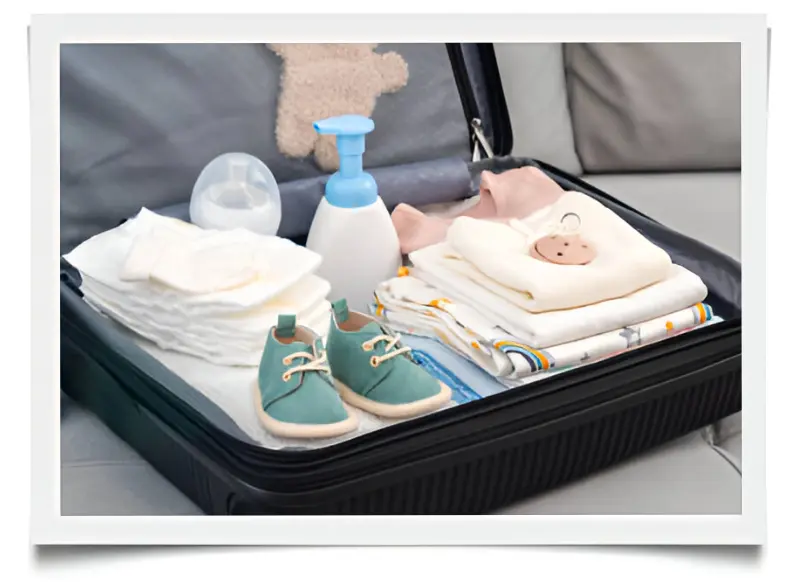
3. Organization: Everything in its place
Keeping organized during the flight of a baby-when all the things seem so compactly fitted together in an aircraft-is a very important thing. From the extra clothes of the baby to the essential items of my travel, each thing must have a place before boarding. The well-organized diaper bag would make a huge difference in the way one perceives the flights-smooth or stressful. One great example of this is to use a compartmentalized diaper bag in which I would always know exactly where everything was rather than digging around. One trick I’ve learned is to have two bags: a larger diaper bag and a smaller carry-on essentials bag. The essentials bag contains the items I’ll need frequently during the flight—like a bottle, diapers, wipes, and a pacifier. This smaller bag is easy to grab and keeps me from having to dig through my larger bag mid-flight.
My No Reception Club diaper bag would be perfect for that since it is so well thought out to the effect that whatever one needs to carry is accommodated in it, complete with the pockets for even a laptop for working or watching movies during the flight.
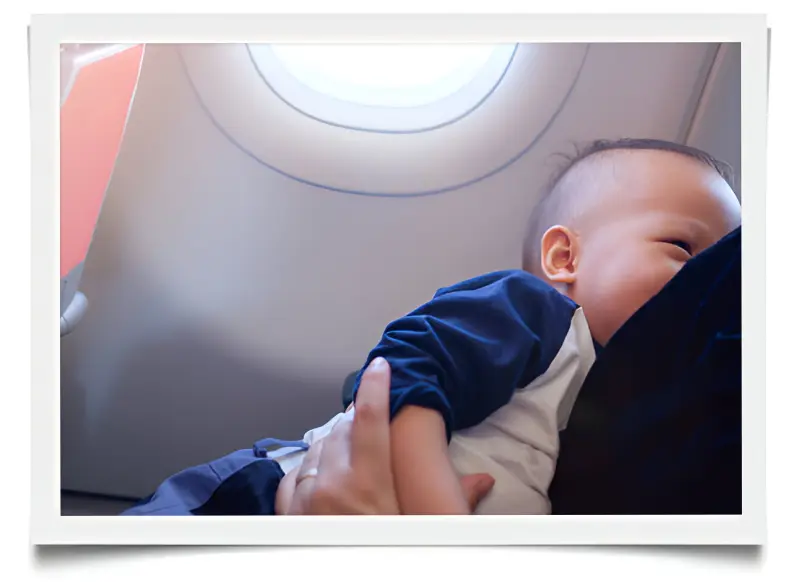
4. Eating on the aircraft: Light only
Whichever you use, the trick is that everything should be well prepared long in advance before boarding. For formula-feeding, for instance, make sure that you have enough pre-measured formula already in ready-to-go containers that you can quickly pour into bottles without creating messes. I also prepare ready-to-use bottles for short-distance flights to avoid mixing in mid-air.
If you’re nursing, a nursing cover is nice for privacy and a window seat is best to minimize the distractions for the baby. If my baby is hungry, I try to feed her during the takeoff and landing to help with ear pressure but otherwise try to keep to her feeding schedule as much as possible on the flight.

5. Entertainments that soothe the baby
Although movies alone are not a baby sitter, a few small toys can come in pretty handy. I pack a couple of lightweight, soft toys which are easy to clean and can be attached with the stroller or seat for prevention from getting lost and to avoid a midflight hunt.
A simple rattle or attaching it to some soft toy often works in this direction. I also take a little book with me in longer flights-to read or just to flip over with my baby, maybe she will be amused by this.
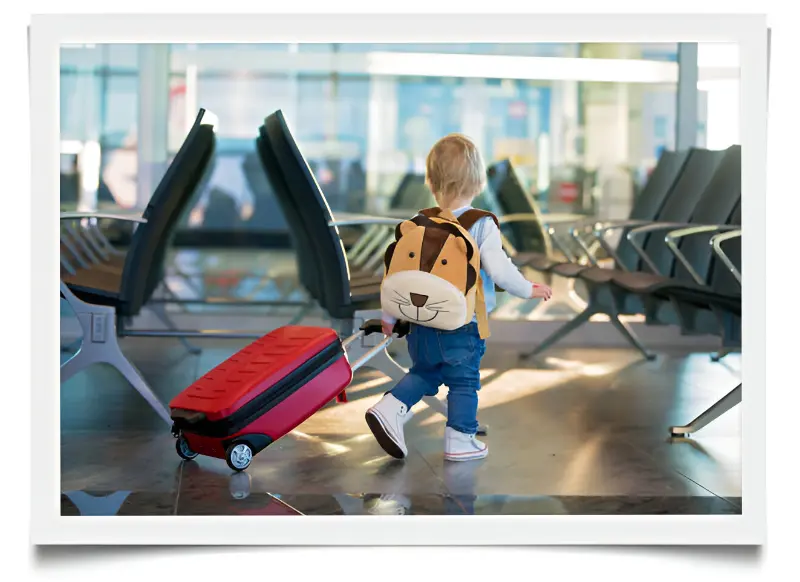
Conclusion
Flying with a baby might sound daunting, but if a person is well-prepared to keep up an upright approach towards it, then it will result in a very joyful flight for both the parents and the baby. It requires nothing but some advance planning, staying organized, and taking some extra steps to make your baby comfortable.
Just remember that you do not have to take absolutely everything with you, most essentials can be bought at most destinations. Make sure your baby is comfortable and where possible, simplify things. Well-timed flying and planning regarding feeding, with a clear and sober head, should see a person through most challenges. With these tips, you’ll be ready to tackle your next flight with confidence, turning what could be a stressful situation into an exciting adventure. Safe travels, and enjoy every moment of your journey with your little one!

